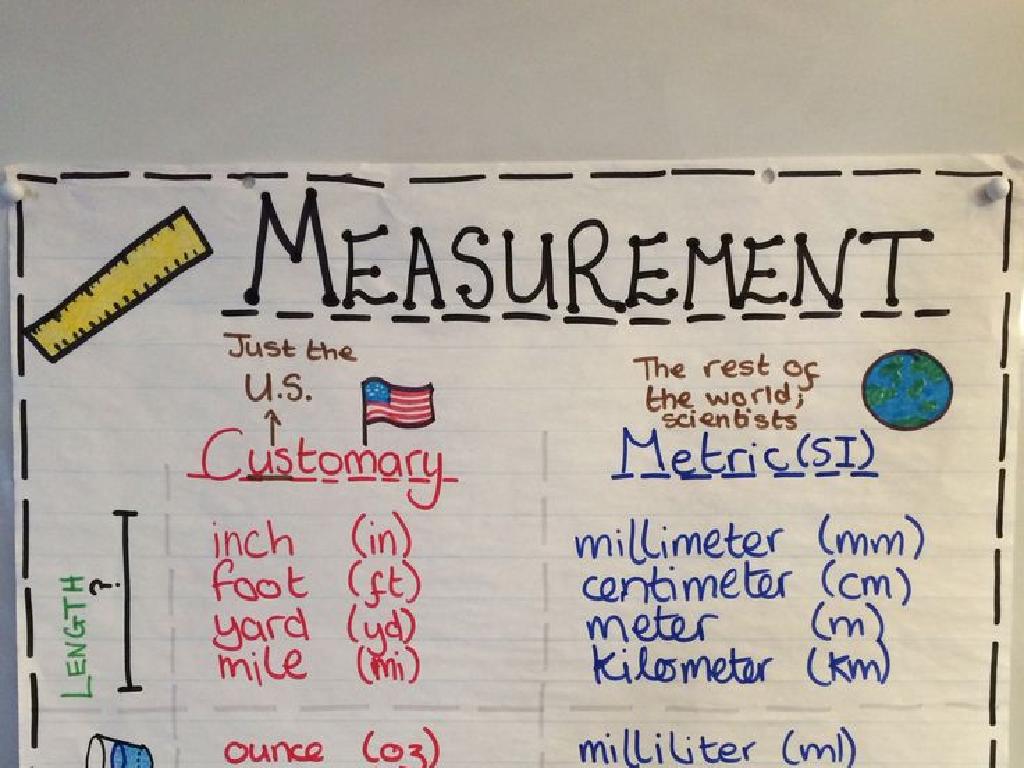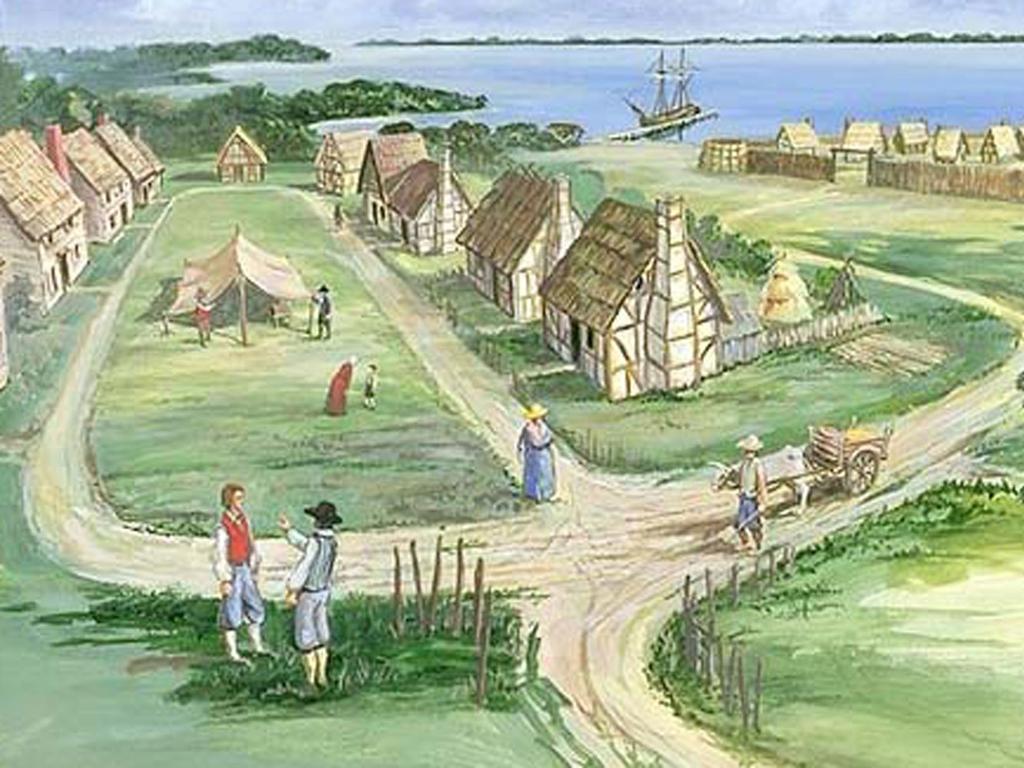Caesar And The End Of The Roman Republic
Subject: Social studies
Grade: Sixth grade
Topic: Rome And The Byzantine Empire
Please LOG IN to download the presentation. Access is available to registered users only.
View More Content
Welcome to Ancient Rome!
– Introduction to Rome’s Empire
– Once a powerful civilization, influencing the modern world.
– Caesar’s role in Rome’s history
– Julius Caesar, a leader whose actions changed Rome forever.
– The fall of the Roman Republic
– How Caesar’s rule led to the end of the Republic.
– Goals for today’s lesson
– Understand key events and Caesar’s impact on Rome.
|
Begin the class by setting the stage of the vast Roman Empire and its significance in history, leading into the Byzantine Empire. Introduce Julius Caesar as a pivotal figure in Roman history whose rise to power and eventual dictatorship played a crucial role in the downfall of the Roman Republic. Outline the transition from Republic to Empire, emphasizing the political and social changes that occurred. By the end of the class, students should be able to identify the factors that contributed to the fall of the Roman Republic and understand Caesar’s influence on these events. Engage students with a timeline of events and encourage them to consider the legacy of Roman political structure in today’s world.
The Roman Republic: An Overview
– Definition of the Roman Republic
– A state where power is held by the people and elected representatives.
– Government structure of the Republic
– Consisted of the Senate, Consuls, and Assemblies.
– Citizens’ roles in the Republic
– Citizens voted, served in the army, and participated in debates.
– Transition to the Roman Empire
– Julius Caesar’s rise marked the shift to an Empire.
|
This slide introduces the concept of the Roman Republic, which was a significant period in ancient Roman history before the rise of the Roman Empire. It’s essential to explain that the Republic was a form of government where officials were chosen by the people. Highlight the key features of the government, including the Senate, which was a council of wealthy and powerful Romans that advised the city’s leaders; the Consuls, who were the chief executives; and the Assemblies, where citizens voted on laws and elected officials. Emphasize the active role of citizens in the Republic, including their right to vote and their duty to serve in the military. Conclude with the transition to the Empire, marked by the end of the Republic and the rise of Julius Caesar. This sets the stage for understanding the shift from a republic to an empire and the implications for Roman society.
Julius Caesar: From Early Life to Military Triumph
– Who was Julius Caesar?
– A leader who shaped Rome’s history
– Rise to power in early life
– Overcame obstacles, gained political and military power
– Notable military achievements
– Victories in Gaul, crossing the Rubicon, pivotal in Roman history
– Caesar’s impact on Rome
– His actions led to the end of the Roman Republic
|
Julius Caesar was a significant figure in Roman history, whose life and military conquests had a profound impact on the course of the Roman Republic. This slide introduces students to Caesar as a historical figure, his early life, and his rise to power. Highlight his notable military achievements, particularly his campaigns in Gaul and his bold move of crossing the Rubicon, which was a turning point in Roman history. Discuss how Caesar’s actions and reforms during his rule contributed to the transformation of the Roman Republic into the Roman Empire. Encourage students to consider the qualities that made Caesar a successful leader and how his legacy has endured through time.
Caesar’s Reforms and Their Impact on Rome
– Caesar’s economic and social reforms
– Introduced laws for job creation, land redistribution to the poor.
– Expansion of the Senate
– Senate grew from 300 to 900 members, diluting aristocratic power.
– Changes in Rome due to Caesar
– Reforms centralized power, paving way for the empire.
|
This slide delves into the transformative reforms Julius Caesar implemented during his rule, which had lasting effects on Roman society and governance. Caesar’s economic and social reforms aimed to stabilize Rome by providing employment and supporting the underprivileged. His expansion of the Senate was a political maneuver that weakened the influence of the traditional elite and increased his own power base. These actions, among others, significantly altered the structure of the Roman Republic, setting the stage for the transition to the Roman Empire. Students should understand the motivations behind Caesar’s reforms and their implications for the future of Rome. Encourage them to consider how these changes might have been received by different segments of Roman society.
The Fall of the Roman Republic
– Events leading to Rome’s fall
– Political turmoil and civil wars weakened Rome.
– Caesar becomes dictator for life
– Caesar’s power grew, and he was named dictator perpetuo.
– The Ides of March significance
– Caesar was assassinated on March 15, 44 BC, a turning point.
– The aftermath of Caesar’s death
– Caesar’s death led to more chaos and the rise of the Empire.
|
This slide covers the pivotal events that marked the end of the Roman Republic and the rise of the Empire. Discuss the series of civil wars and political conflicts that destabilized the Republic, setting the stage for a strong leader like Julius Caesar to take control. Explain how Caesar’s appointment as dictator for life represented a significant shift from the Republic’s ideals. The Ides of March, or March 15, 44 BC, is crucial as it marks Caesar’s assassination, which was a result of his growing power and the Senate’s fear of tyranny. Caesar’s death plunged Rome into further turmoil, eventually leading to the establishment of the Roman Empire under Augustus. Encourage students to reflect on how these events show the fragility of political systems and the impact of individual leaders on history.
The Aftermath of Caesar’s Death and Rise of the Empire
– Power vacuum post-Caesar
– Caesar’s assassination led to a power struggle among Roman leaders.
– Transition to Roman Empire
– Rome evolved from Republic to Empire, centralizing power.
– Augustus establishes imperial rule
– Augustus, Caesar’s heir, became the first emperor, changing Rome’s governance.
– Significance for Rome’s future
|
After Julius Caesar’s assassination, Rome was left with a power vacuum that led to a series of civil wars. The Republic, which had been weakened by internal conflicts, could not sustain itself, leading to the formation of the Roman Empire. Augustus, also known as Octavian, Caesar’s adopted son, emerged victorious and established a new system of imperial rule. This marked the beginning of a period of relative peace and stability known as the Pax Romana. Discuss the implications of this transition for the future of Rome, touching on themes of governance, the shift in power dynamics, and the cultural and societal changes that ensued.
Role-Play Activity: Caesar’s Reforms Debate
– Divide into groups for role-play
– Assign roles: Senators, Caesar, Citizens
– Re-enact the Senate debate
– Imagine you’re in ancient Rome, what are the arguments for and against Caesar’s reforms?
– Discuss: Caesar, hero or villain?
– Share your thoughts and reasoning with the group.
|
This class activity is designed to immerse students in the historical context of Julius Caesar’s rule and the end of the Roman Republic. By dividing the class into groups and assigning roles, students will engage in a simulated Senate debate, allowing them to explore different perspectives of the era. Encourage each group to delve into their characters’ motivations and to articulate their positions on Caesar’s reforms. After the re-enactment, facilitate a discussion on whether Caesar should be considered a hero for his contributions to Rome or a villain for his role in the Republic’s fall. Possible activities for different students could include writing a persuasive speech, creating a poster supporting or opposing Caesar, or composing a news article from the perspective of an ancient Roman citizen.
Reflection on the Fall of the Roman Republic
– Share group conclusions
– Discuss the Republic’s fall causes
– Political corruption, social conflict, and military issues
– Explore alternate history without Caesar’s death
– Would Rome have remained a Republic or become an Empire sooner?
– Engage in class discussion
|
This slide is meant to facilitate a reflective discussion among students about the end of the Roman Republic. Students will share the conclusions they’ve reached within their groups, discussing the various factors that may have led to the fall of the Republic, such as political corruption, social conflict, and military power struggles. Encourage them to think critically about how different events, like the assassination of Julius Caesar, could have altered the course of history. This activity will help students understand the complexity of historical events and the impact of individual figures on the broader narrative. Provide a safe and open environment for discussion, allowing each student to express their thoughts and listen to others.
Homework: The Legacy of Julius Caesar
– Write a one-page essay on Caesar’s legacy
– Include three of Caesar’s reforms
– Consider reforms like changes to the calendar, land redistribution, or government restructuring
– Discuss the impact of these reforms
– How did these reforms change Rome or affect us today?
– Due next class session
|
This homework assignment aims to deepen students’ understanding of Julius Caesar’s influence on the Roman Republic and its lasting effects on the world. Students should research and reflect on Caesar’s key reforms, such as the introduction of the Julian calendar, redistribution of public lands to veterans, and reorganization of the government to centralize power. They should analyze how these changes impacted Roman society and governance, as well as their enduring legacy. Encourage students to use critical thinking to connect historical events with the present day. The essay will help them practice their writing skills and grasp the concept of historical significance.





